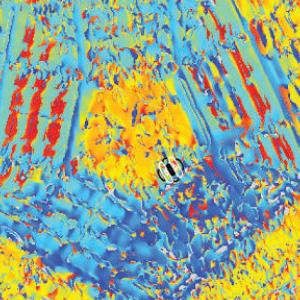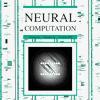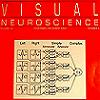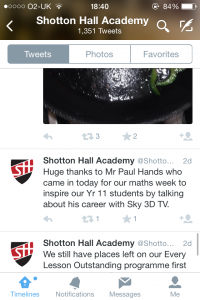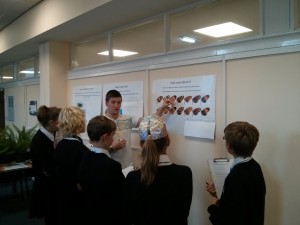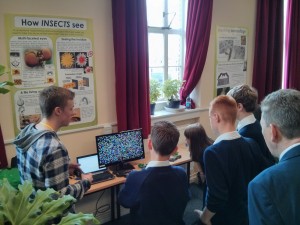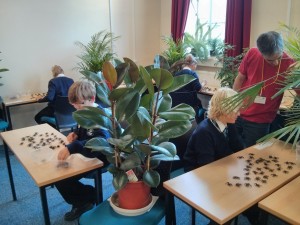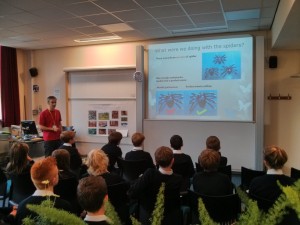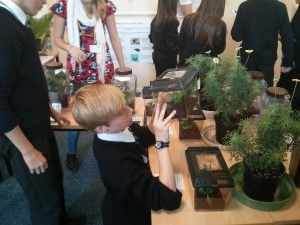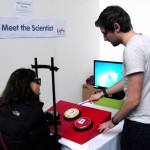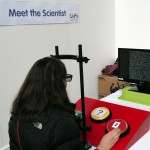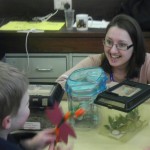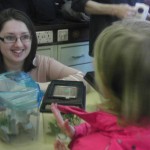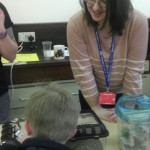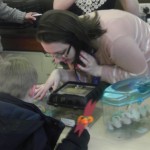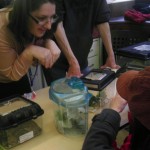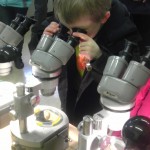
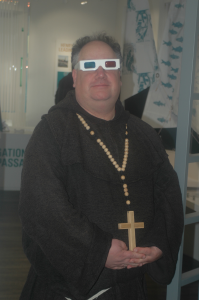
Over the weekend, Kathleen and I, along with Stacey from the Institute of Neuroscience, Gordon Love from Durham University and colleagues from Northumbria University, helped deliver some science activities for the “Fire and Light Yule Festival at North Shields’ Old Low Light. This isn’t as I first assumed a lighthouse, but is a leading light – pilots would guide vessels safely into North Shields harbour by steering so as to keep the lamps on the High Light and the Low Light vertically aligned with one another. This kept them on a course which would avoid them grounding either on mudflats, or on the treacherous Black Midden rocks. So it’s a great example of an industrial application for light technology, and tied in well with the presentation by Prof Fary Ghassemlooy from Northumbria University on cutting-edge “li-fi” communication.
Stacey, Kathleen and I talked about how we see and perceive the world through light, with the help of some visual illusions and our ASTEROID 3D vision test. It was a great event and I’d like to do it again next year.









